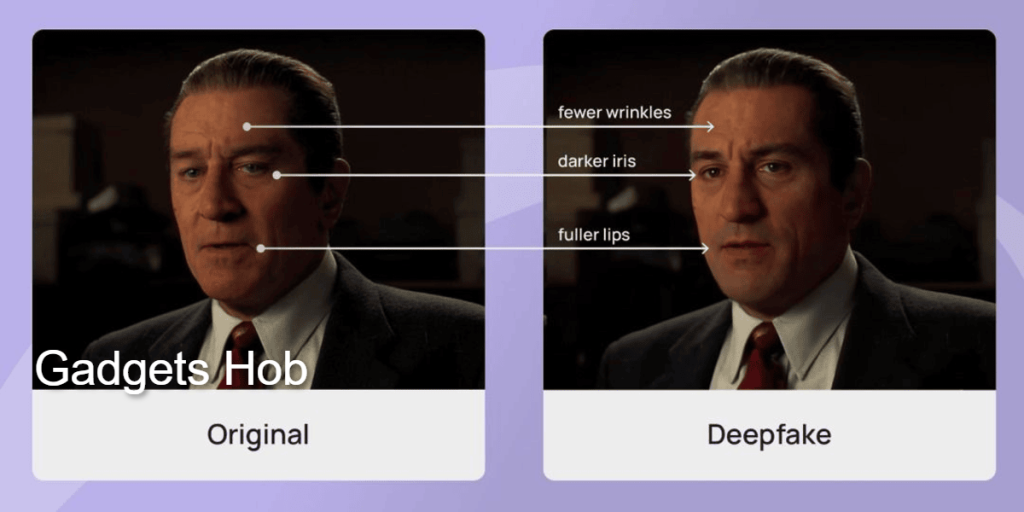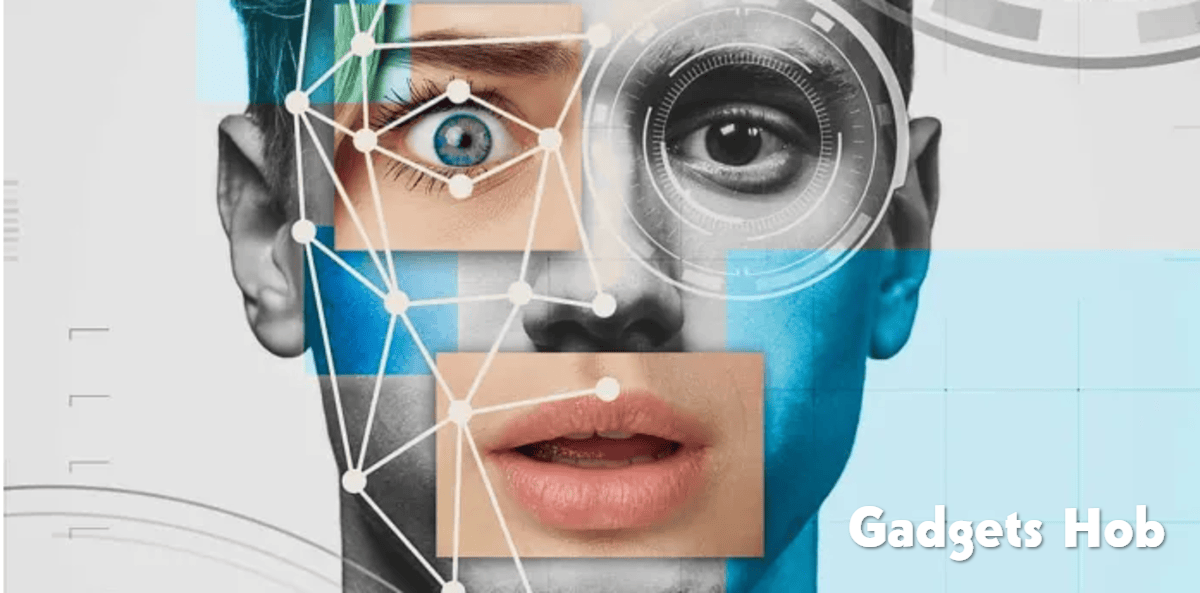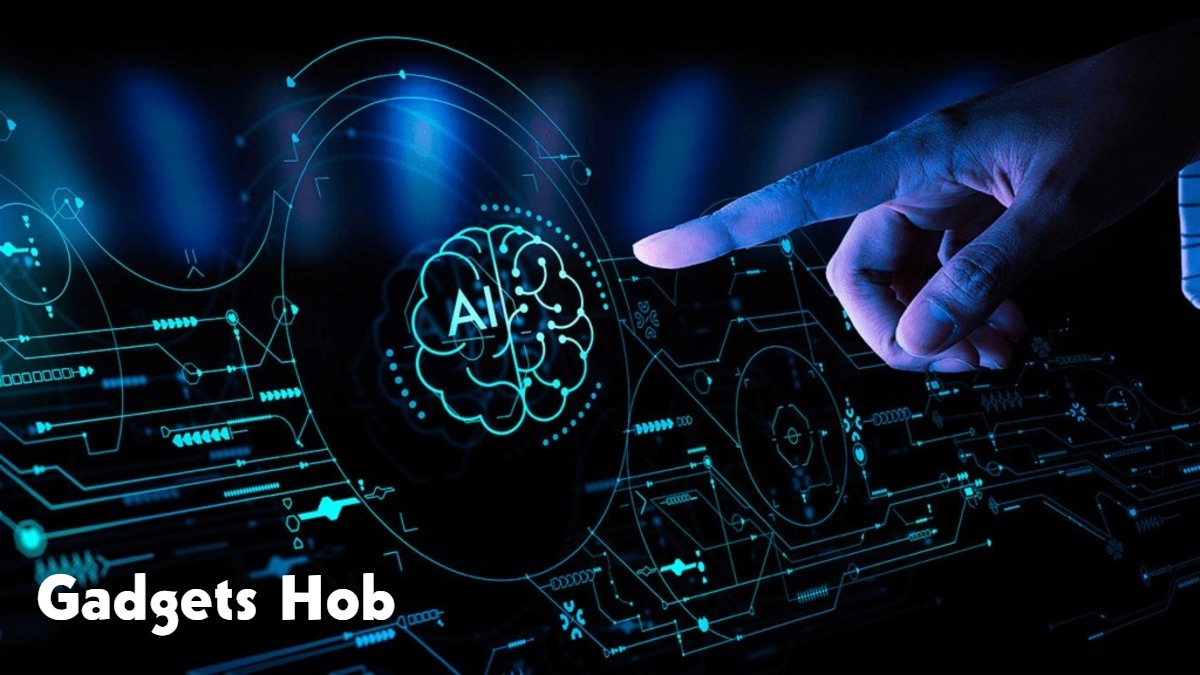Do you have concerns about media trust as a result of Deepfake attacks? AI The negative uses of deepfake, such as fabricating scandals and circulating them through the media, are well recognized. Deep learning, a type of artificial intelligence, is used by this 21st-century Photoshop to produce photographs of fictitious occurrences. All around us, artificial intelligence is developing.
What is artificial intelligence? Deepfake
Artificial intelligence (AI) deepfakes are videos, audio, and picture synthesis technologies that can be difficult to distinguish from real ones. Since “Deepfake” is a combination of the words “deep learning” and “fake,” it itself describes the relationship between these two concepts. In addition to creating fake content, deepfake has the ability to alter original content so that it appears in a way that is never there.
Because deepfakes can spread misleading material that looks like the original content and originates from reputable authorities and sources, they may be more hazardous than fake news. In the same way that it can harm their reputation for not having engaged in the act, it can pose grave risks to the subject or the object.
Additionally, it can be utilized appropriately in programs, websites, and customer service settings for things like auto-responses. With the use of AI deepfake, entertainment like hilarious content and music from video games might be produced with ease.

How Can Deepfake Be Made?
Deepfake’s brain is machine learning, which enables it to operate quickly and on a reasonable price. To make the false content appear more genuine and provide the viewer with the necessary knowledge, a deepfake user must pay close attention to every detail of the individual. The creator website will be integrated with computer graphics so that several person photographs can be superimposed on top of one another to create a realistic appearance.
While AI deepfake speeds up and improves many processes, this approach takes time to create a result that could be credible for fabricating a fictional scenario. Additionally, in order to prevent mistakes and correct them before the information is released, the creator should maintain manual checks and balances.
Most users believe that deep learning algorithms are referred to as GANs (generative adversarial networks), and that this could be the primary network or engine used in the future to create deepfakes. Nevertheless, because it is difficult to work with, it cannot handle little amounts of data. Compared to other deepfake methods, GAN models required more time to generate the necessary image. When it comes to picture synthesis, the GAN approach could work effectively. It could have difficulty aligning the same image from one frame to the next. Not even flawless audio deepfakes employ GANs.

How AI DeepFake Operates
Deepfakes are produced by altering both new and old photos using particular algorithms. With the aid of machine learning, it can identify, alter, and synthesize facial features based on the footage. It uses a discriminator, a generator, and two algorithms to provide the best possible false material. The generator gathers the data and produces the desired output, which aids in the creation of basic false material. The discriminator looks for errors and evaluates the generator’s output. Until the content is better and more realistic-looking, this process will be repeated.
Combining discriminator and generator algorithms, GAN leverages deep learning to comprehend the pattern of authentic images and generate lifelike replicas. In order to generate a high-quality video output, GAN examines each gesture, speech, and behavior from several angles. The discriminator generates a precise fictitious result by repeatedly using the information.
There are two forms of AI-generated video patterns known as “deefake video.” The source video, in which the person created the words and actions that weren’t meant to be there, can be used by AI Deepfake movies. Altering the faces of many people is another method for creating videos. Photoshop or editing have nothing to do with this. Another prominent trend in deepfakes is lip syncing

How Often Are Deepfakes Used?
These days, AI deepfakes are widely employed and have both beneficial and harmful characteristics, such as the following.
Education: the platforms that offer educational services by developing AI tutoring technology. Other chatbots, like Claude, can respond to and resolve the questions from the students.
communication: Since scammers can mimic users’ communication styles using deepfake technology, text messages may be the way deepfake technology is used in the future.
Fake evidence: Produce audio and visual materials that might be used as proof in court.
Customer support and responsive service: Since AI Deepfakes can generate necessary responses, they could be utilized for call forwarding auto-responses. Additionally, it can employ fictitious voices to carry out simple duties like receiving complaints or handling banking details, among other things.
Art: By utilizing their already-existing artwork, deepfake has the potential to produce new music and artwork. For instance, the late Paul Walker, a Hollywood actor, used deepfake to appear in Fast & Furious.
Art: By utilizing their already-existing artwork, deepfake has the potential to produce new music and artwork. For instance, the late Paul Walker, a Hollywood actor, used deepfake to appear in Fast & Furious.
Moreover, depending on the users and their goals, deepfake can be used for a wide range of additional acceptable and inappropriate purposes.
FAQs
Q: In what ways may deepfake be connected to fraudulent activities?
AI To commit fraud, deepfake clones personally identifiable information, such as card numbers. It includes fictitious workers who are only trying to obtain the company’s confidential data.
Q: Do Deepfakes have legal status?
Although deep fakes are legal, they may be used for illicit purposes that aren’t allowed by state laws.
Q: How can one identify Deepfakes?
You may be able to identify the deepfakes by observing the abnormal hand and finger placements, odd face emotions, variations in accessories, and abnormal eye movements.
Conclusion
With its positive effects on entertainment, education, health, job displacement, privacy, and many other areas, artificial intelligence has improved the world. Additionally, AI was being used inappropriately, which was not common prior to AI deepfake.
Latest Article.



